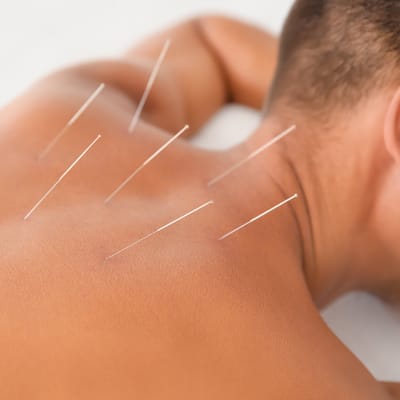Whether you are a casual jogger or a seasoned marathon runner, the physical stress running imposes on the muscles and connective tissues can lead to a range of issues, from muscle tightness and trigger points to chronic pain. Dry needling has emerged as a promising therapeutic technique for runners looking to enhance their performance and speed up their recovery process. In this article, we will explore the concept of dry needling and how it can benefit runners.
What is Dry Needling?
Dry needling is a technique that involves the insertion of thin, solid needles into specific trigger points or areas of muscular tension, typically in the muscles, fascia, or connective tissues. It is often used to alleviate pain, improve muscle function, and promote faster recovery. Unlike traditional acupuncture, which is based on traditional Chinese medicine and aims to balance the body’s energy flow, dry needling is firmly rooted in Western medicine and focuses on the musculoskeletal system.
How Does Dry Needling Work for Runners?
- Release Trigger Points: Trigger points are hyperirritable spots within a muscle that can cause pain, tightness, and restricted range of motion. Dry needling targets these trigger points, releasing tension and allowing the muscle to function optimally.
- Improved Blood Flow: The insertion of needles into muscles triggers a local inflammatory response. This stimulates blood flow, which, in turn, delivers essential nutrients to the muscles, aiding in recovery and performance.
- Pain Relief: Dry needling helps in the release of endorphins, the body’s natural painkillers, which can offer immediate relief to runners experiencing muscle pain or soreness.
- Enhanced Muscle Function: By addressing tight or overactive muscles, dry needling can promote better muscle function, leading to improved running efficiency and decreased risk of injuries.
Benefits for Runners
- Faster Recovery: Runners often face post-run muscle soreness and fatigue. Dry needling can accelerate the recovery process, allowing athletes to return to training sooner.
- Injury Prevention: By addressing muscle imbalances and tightness, dry needling can reduce the risk of overuse injuries that are common among runners.
- Improved Performance: Well-functioning muscles and an overall balanced musculoskeletal system can enhance a runner’s performance by optimizing stride, reducing muscle fatigue, and increasing endurance.
- Targeted Treatment: Dry needling allows for highly specific targeting of problem areas, ensuring that treatment is focused on the precise issues affecting a runner.
Safety Considerations
Dry needling should be performed by a licensed and trained healthcare professional, such as a physical therapist, chiropractor, or sports massage therapist. When done by a skilled practitioner, the procedure is generally safe, but there can be some side effects, such as minor bruising or muscle soreness. It’s important to consult with a healthcare provider to determine if dry needling is appropriate for your specific condition.
Conclusion
Dry needling is gaining popularity among runners as a complementary therapy to enhance performance and expedite recovery. By targeting trigger points, promoting blood flow, relieving pain, and improving muscle function, dry needling can offer significant benefits to runners of all levels. When incorporated into a comprehensive training regimen, it has the potential to help athletes reach their running goals while reducing the risk of injuries. If you’re a runner looking to optimize your performance and recovery, consider consulting with a qualified healthcare professional to explore the potential benefits of dry needling.
If you have any questions at all about dry needling or running in general (I also have a running coaching service) then please get in touch here


Recent Comments